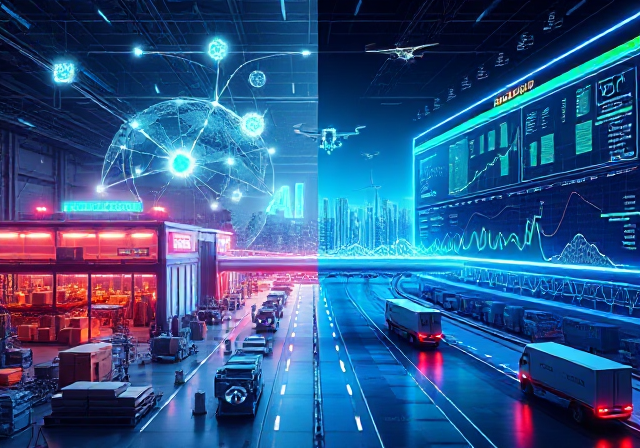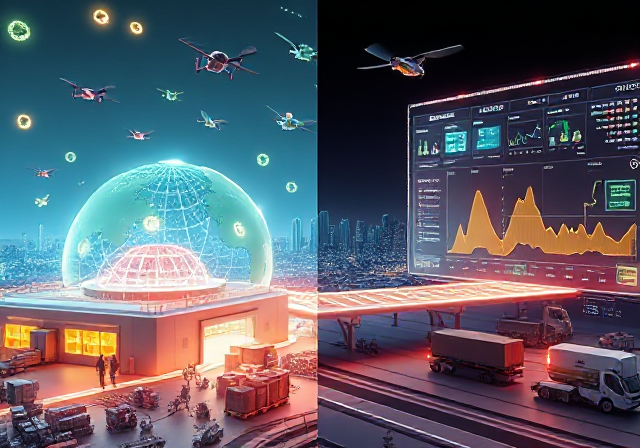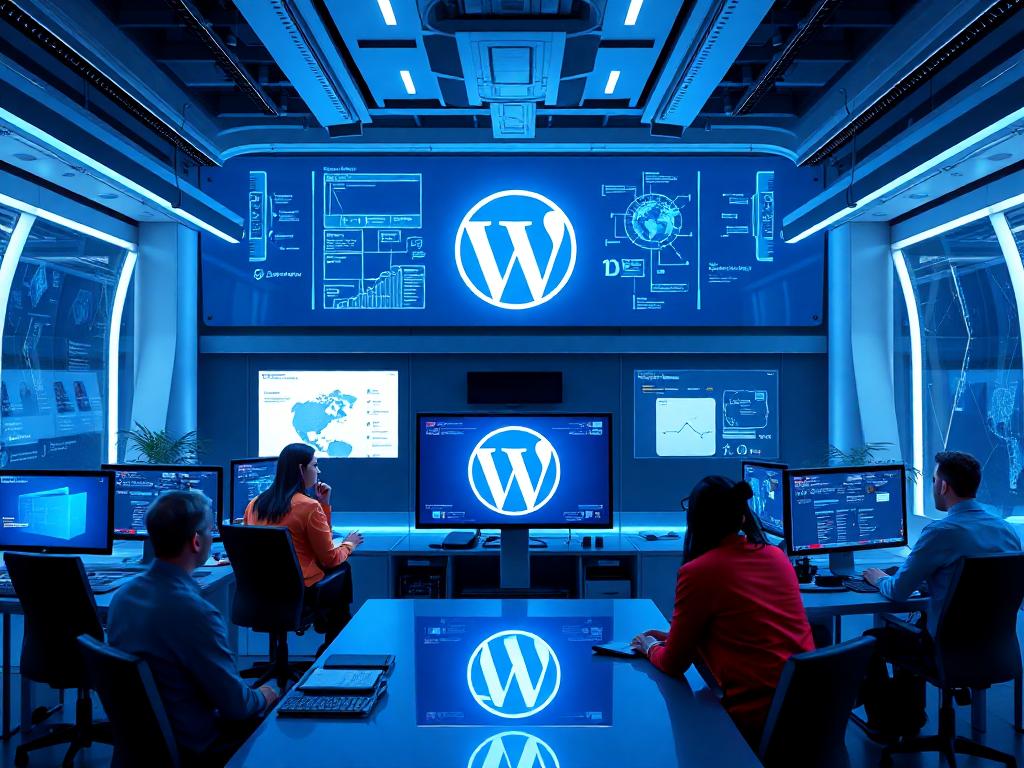Value Add Distribution Businesses in 2025: The Future of Supply Chain Innovation

Value Add Distribution Businesses in 2025: The Future of Supply Chain Innovation
Value Add Distribution Businesses in 2025, discover how value add distribution businesses will dominate the supply chain by 2025. Explore trends, strategies, and technologies reshaping this $10 trillion industry.
What Is Value Add Distribution?
Value add distribution refers to businesses that go beyond traditional product delivery by offering customized services, technical support, logistics optimization, and product integration to meet evolving customer needs. Unlike conventional distributors, these companies act as strategic partners, enhancing efficiency, reducing costs, and driving innovation for clients.
Key Components of Value Add Distribution
- Customized Solutions: Tailoring products (e.g., kitting, assembly, labeling).
- Technical Expertise: On-site engineering, troubleshooting, or training.
- Supply Chain Integration: Real-time inventory tracking and demand forecasting.
- Sustainability Services: Eco-friendly packaging, carbon footprint analysis.

Why Value Add Distribution Will Dominate Supply Chains by 2025
Value Add Distribution Businesses in 2025, the global value add distribution market is projected to grow at a 9.2% CAGR through 2025, driven by:
- Rising demand for just-in-time delivery and customized product bundles.
- Supply chain disruptions requiring agile, tech-driven solutions.
- Manufacturers outsourcing non-core tasks to focus on R&D and production.
Industries Leading the Charge
- Electronics: Distributors providing PCB assembly and IoT integration.
- Healthcare: Custom medical device sterilization and compliance support.
- Automotive: JIT parts delivery with quality assurance testing.
- Renewable Energy: Solar panel distribution with installation training.
Top 5 Trends Shaping Value Add Distribution in 2025
1. Hyper-Personalization Through AI and Big Data
By 2025, AI-driven analytics will enable distributors to predict customer needs, optimize inventory, and offer personalized product bundles. For example:
- Predictive Replenishment: Automating orders based on historical data.
- Dynamic Pricing: Adjusting costs in real time using market trends.
2. Blockchain for Transparent Supply Chains
Blockchain technology will ensure end-to-end traceability, combating counterfeiting and delays. Walmart’s use of blockchain to track food shipments reduced inspection times by 98%—a model value add distributors will adopt.
3. Automation and Robotics in Warehousing
Value Add Distribution Businesses in 2025, by 2025, 70% of warehouses will use robotics for picking, packing, and sorting. Companies like Amazon Robotics are already slashing fulfillment times by 50%, setting a benchmark for distributors.
4. Sustainability as a Competitive Edge
Clients will prioritize distributors with green certifications (e.g., ISO 14001) and services like:
- Carbon-neutral shipping.
- Recyclable/returnable packaging programs.
- Energy-efficient warehousing.
5. On-Demand Manufacturing Partnerships
Distributors will collaborate with 3D printing hubs and micro-factories to offer rapid prototyping and localized production, reducing lead times by 30–40%.
Case Study: How a Midwest Distributor Scaled 3x by 2024
Company: TechEdge Solutions (anonymized)
Niche: IT hardware and IoT components
Growth Strategy:
- Value Add Services: Pre-configuring servers and installing software pre-shipment.
- AI Inventory Management: Reduced overstock costs by 22%.
- Sustainability: Achieved zero-waste packaging, attracting ESG-focused clients.
Result: Revenue jumped from 50Mto150M in 3 years.
How to Build a Future-Ready Value Add Distribution Business
Step 1: Invest in Technology Stack Integration
- Tools to Adopt:
- ERP systems (e.g., SAP, Oracle) for unified operations.
- IoT sensors for real-time shipment tracking.
- CRM platforms (e.g., Salesforce) to enhance client relationships.
Step 2: Develop Niche Expertise
Specialize in underserved markets:
- Medical Device Logistics: Compliance with FDA/EU MDR regulations.
- EV Battery Distribution: Safe handling and recycling partnerships.
Step 3: Train Teams for Technical Consultancy
Upskill staff to provide:
- Product demos and troubleshooting.
- CAD/CAM support for industrial clients.
Step 4: Forge Strategic Alliances
Partner with:
- Fintech Firms: To offer flexible payment solutions.
- Last-Mile Delivery Startups: For urban market penetration.
Common Mistakes to Avoid in Value Add Distribution
Mistake 1: Overpromising Customization
Risk: Failing to deliver bespoke solutions damages credibility.
Fix: Audit internal capabilities before launching new services.
Mistake 2: Ignoring Cybersecurity
Risk: Supply chain attacks cost businesses $4.5M on average.
Fix: Invest in endpoint protection and employee training.
Mistake 3: Underestimating Sustainability Demands
Risk: Losing clients to eco-certified competitors.
Fix: Align with frameworks like the UN Sustainable Development Goals (SDGs).
The Role of AI and Machine Learning in 2025 Distribution
AI-Powered Demand Forecasting
Tools like ToolsGroup use machine learning to reduce forecast errors by 30–50%, minimizing stock outs and overstock.
Autonomous Delivery Networks
Companies like Nuro and Einride are piloting self-driving trucks and drones, which will handle 20% of last-mile deliveries by 2025.
FAQs About Value Add Distribution in 2025
What’s the average profit margin for value add distributors?
Margins range from 8–15%, compared to 3–5% for traditional distributors, due to premium services.
H3: How do I compete with Amazon Business?
Focus on niche expertise, white-glove services, and hyper-localized support that Amazon can’t replicate.
Which regions offer the best growth opportunities?
- Asia-Pacific: Booming manufacturing in Vietnam and India.
- North America: Demand for reshoring and nearshoring solutions.
Final Thoughts: Positioning Your Business for 2025 Success
Value Add Distribution Businesses in 2025, value add distribution is no longer optional—it’s the cornerstone of modern supply chains. By 2025, businesses that combine cutting-edge technology, sustainability, and customer-centricity will dominate the $10 trillion global distribution market. Start today by auditing your capabilities, investing in AI, and building partnerships that drive long-term value.




